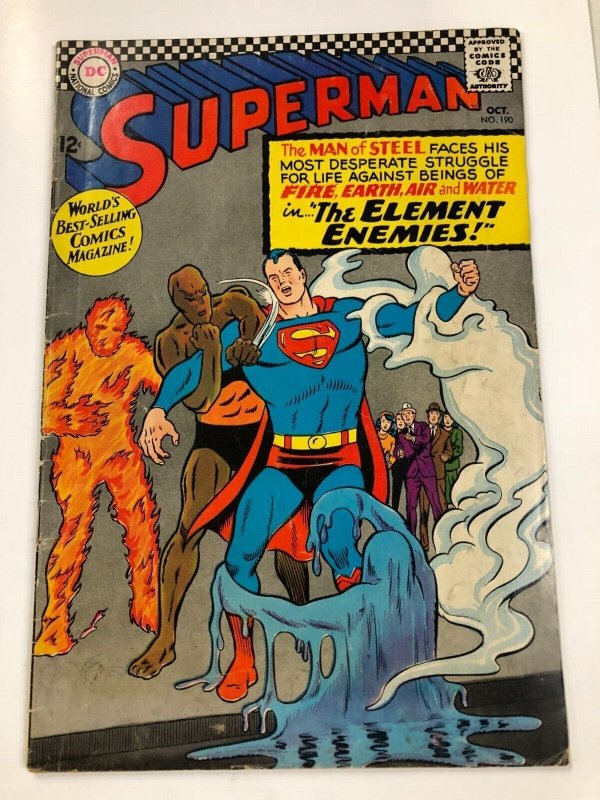
Introduction
Jim Shooter, a pivotal figure in the comic book industry, has significantly shaped the landscape of superhero storytelling. As a former editor-in-chief at Marvel Comics in the late 1970s and early 1980s, Shooter’s influence resonates through the pages of Marvel’s most iconic titles. His tenure brought about a new era of editorial rigor and narrative depth, making it essential to explore his contributions and their relevance in contemporary comic culture.
Key Contributions to Marvel Comics
Jim Shooter joined Marvel Comics as a writer at the age of 14 and quickly ascended through the ranks to become the editor-in-chief by 1978. During his leadership, Marvel saw significant changes, including a more structured approach to storytelling. Shooter spearheaded famous story arcs such as “The Death of Jean Grey” in the X-Men series and “The Secret Wars” crossover event, which introduced a new standard for blockbuster comic book storytelling.
One of Shooter’s most notable achievements was the establishment of a more disciplined creative environment. He implemented a system where writers and artists would be held to deadlines, which, while controversial, led to a more consistent publishing schedule. This approach arguably led to the rise of Marvel’s sales figures during his era, whereby the company regained ground against rivals like DC Comics.
Controversies and Challenges
However, Shooter’s editorial reign was not without its challenges. His strict editorial policies and interferences in creative processes led to friction with some artists and writers. Notable creators like John Byrne and Frank Miller had their disagreements over creative direction, which fueled controversy surrounding Shooter’s authoritative style. His departure from Marvel Comics in 1987 after growing tensions within the company marked a significant turning point in his career and the industry.
Legacy and Current Endeavors
Despite the challenges he faced, Jim Shooter’s legacy in the comic book realm is undeniable. His work has influenced numerous creators and continues to inspire new generations of comic book professionals. After leaving Marvel, Shooter founded his own comic book company, Valiant Comics, which also enjoyed early success with titles like “Bloodshot” and “X-O Manowar.”
In recent years, Shooter has returned to the spotlight with guest appearances at comic conventions, where he shares insights about the industry and his experiences. He remains an influential figure, often discussing the evolving nature of comics and storytelling, making him relevant even in today’s rapidly changing landscape of graphic novels and digital publishing.
Conclusion
Jim Shooter’s impact on the comic industry is profound, having redefined how stories are told in comic book form and setting standards that many still aspire to today. Whether controversial or celebrated, his tenure at Marvel and subsequent contributions to the medium exemplify an enduring legacy. Understanding Shooter’s role provides valuable insights into the complexities of comic book publishing and the creative processes behind some of the most beloved narratives in popular culture.

